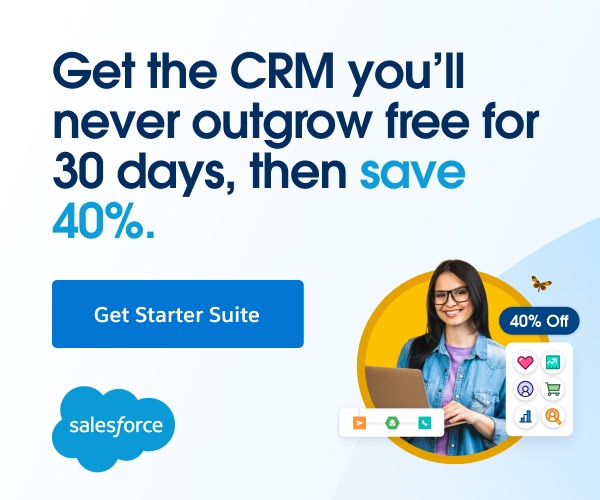It may surprise you that integrating flowcharts, graphics, and other visual aids into your workplace benefits your team — from improving day-to-day communications to keeping staff safe on the warehouse floor. And a more productive staff means a more successful business.
Let’s look at the benefits of these visual tools and how you can use them to boost your business.
How visual tools can give your business an edge
Data visualization can be a major game-changer for your company. In the past, the technology required to achieve this was costly. Today, many visual tools exist that allow you to model data with the click of a button. For example, the finance industry can help both analysts and investors get a clear picture of investment opportunities and risks using graphics such as bar charts.
How do visual tools increase workplace productivity? It has to do with human memory. Most people only remember 10% of the words they hear, but retain 30% of what they see. In addition, people comprehend visual data better than textual. Translating data into images helps employees by improving their understanding of projects, communications, and other important information.
Here are more ways that these tools support businesses.
Better communication
Communication is complex. Humans process verbal (what they hear), written (what they read or see), and nonverbal communication (body language). By helping employees retain data, visual tools improve communication in the workplace. Employees are better equipped to understand requirements for success and work expectations.
Visual tools are the best ways to share crucial information such as goals, milestones, team responsibilities, and overall objectives. Process mapping can help your team visualise and solve problems. Begin with a starting point, such as identifying potential clients, and map the route toward your objective, landing the project or closing the client.
Process maps keep everyone on the same page, allowing managers to assign responsibilities. It also provides a comprehensive overview for everyone to contribute to the project.
Improve your business plan
You should regularly revisit and improve your business plan, especially as your company scales. While providing critical information, business plans are often dry, stuffy, and lengthy for key stakeholders, such as potential investors, customers, and management.
Visualisation tools simplify your business plan to make it more engaging — and less lengthy. Some ways to make it more compelling include:
- Colour coding headings, graphs, and other images for clarity;
- Use tables with coloured headers in your overview;
- Integrate Venn diagrams in your industry analysis;
- Diagram a SWOT analysis (strengths, weaknesses, opportunities, and threats);
- Integrate process mapping for operations and procedures;
- Use a Gannt chart to plot out risks and milestones;
- Lay out team responsibilities in an org chart.
These simple changes can help readers get a clear, in-depth understanding your business plan
Improving safety
Another area visuals can help is with warehouse safety. There are several places where this works well:
- Accident prevention: Naturally, this tops the list and includes hazard signs, safety risk reminders, protective gear requirements, and instructions for motorized and other equipment. Safety images should be large, visibly posted, and include less text.
- Accommodation visuals: Images should accommodate employees with disabilities or who speak different languages. Signage should be clear, posted at eye level, and easily understood by all employees.
- Other workplace images: Identifying or labelling products, equipment, work zones, and other regions to better organise your warehouse.
All the steps you take to identify regions and risk in your warehouse will improve both safety and efficiency.
The best visual tools and apps for your teams
What are the best tools for your business? Here are some must-have tools for entrepreneurs to implement data visualisation.
- Trello: Project dashboard that helps visualise workflow and procedures.
- Asana: Manage objectives, tasks, and teams.
- com: Create workflows for your staff.
- Lucidchart: A complete diagramming tool to create process mapping, org charts, customer journeys, etc.
- Creately: A suite of visualisation tools and templates including SWOT analysis.
- Milanote: Create visual boards for projects and inspiration.
Properly implemented, data visualisation tools improve workplace efficiency. Use them to boost staff productivity, scale your business, and keep your employees safe. These simple changes will propel your company ahead of the competition.










